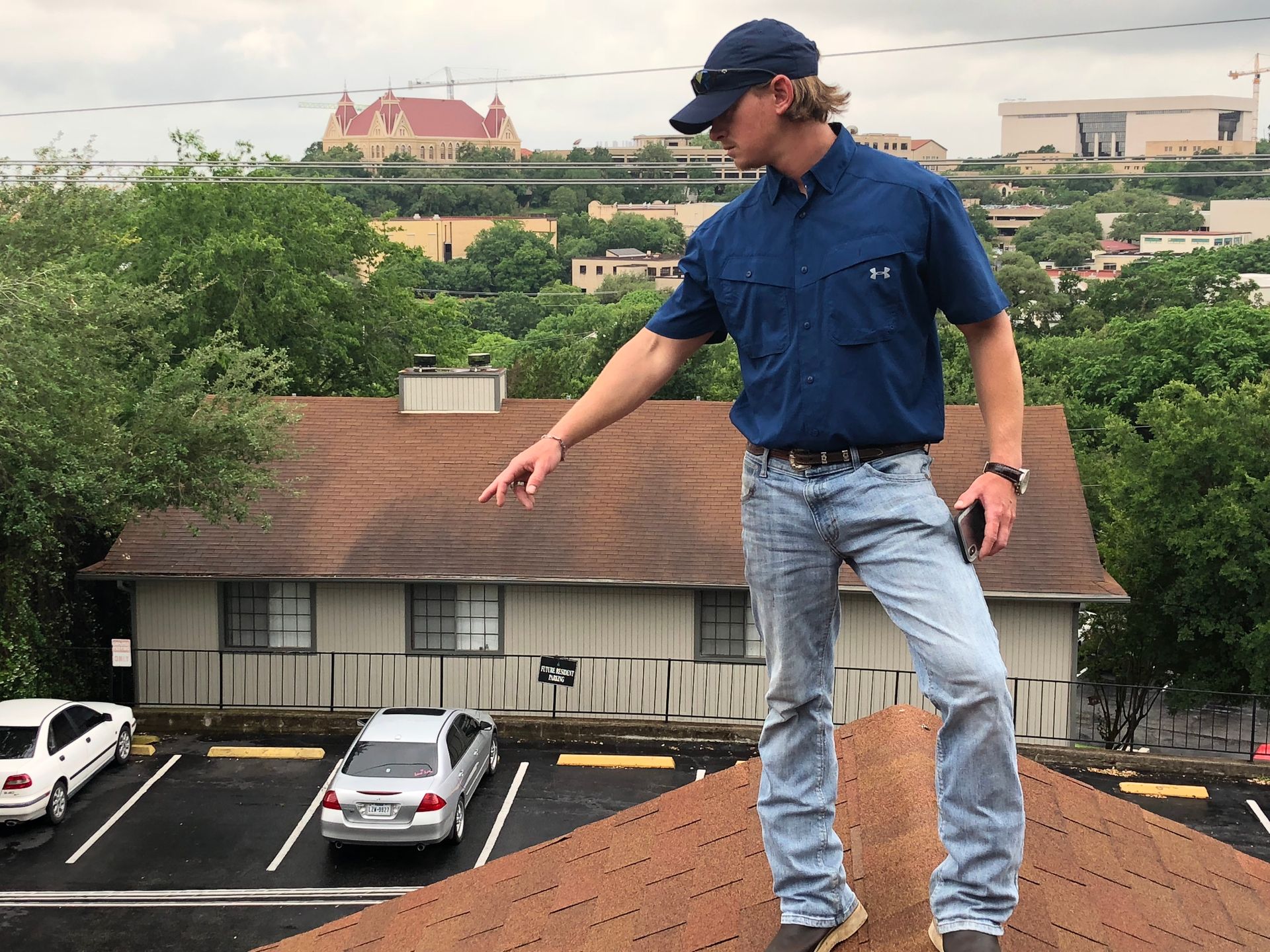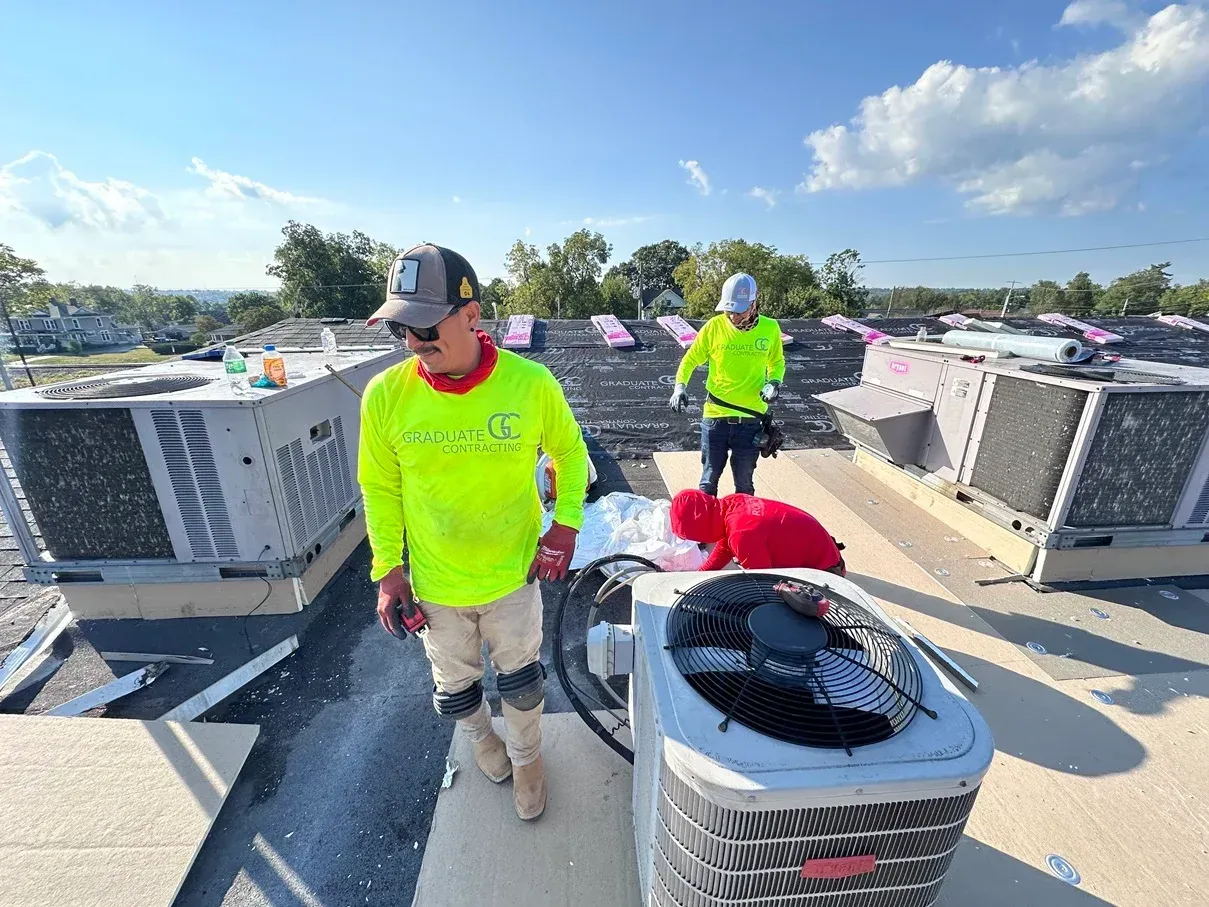In-Depth Guide to Synthetic vs. Felt Roofing Underlayment
A Homeowner's In-Depth Guide to Synthetic vs. Felt Roofing Underlayment
As a homeowner, understanding the components of your roof is crucial for making informed decisions about your home's protection. One often overlooked but essential element is the underlayment. This article delves into the comparison between synthetic and felt roofing underlayment, providing you with insights that many sources overlook.
Understanding Underlayment
Underlayment serves as a secondary water barrier beneath your roof's primary covering. It's a critical component that can significantly impact your roof's performance and longevity.
Felt Underlayment: The Traditional Choice
Felt underlayment, often called tar paper, has been used for over a century. It's made from natural materials like wood cellulose or synthetic fibers saturated with asphalt.
Pros:
- Cost-effective: Generally cheaper upfront
- Familiar to most roofers
- Performs well in most climates
Cons:
- Less durable: Can tear easily during installation
- Moisture-sensitive: Can wrinkle when exposed to water
- Heavier: More difficult to handle and install
Synthetic Underlayment: The Modern Alternative
Synthetic underlayment is made from polymer-based materials like polyethylene or polypropylene.
Pros:
- Highly durable: Resists tearing and damage
- Lightweight: Easier to install
- Water-resistant: Performs better in wet conditions
- UV-resistant: Can be left exposed longer
Cons:
- Higher upfront cost
- May be slippery when wet
- Some types may trap moisture if not properly ventilated
Beyond the Basics: What Most Sources Don't Tell You
- Environmental Impact: A life cycle assessment published in the Journal of Industrial Ecology found that synthetic underlayment has a 25-30% lower environmental impact compared to felt, primarily due to its longer lifespan and recyclability.
- Fire Resistance: While both materials must meet basic fire safety standards, a study by the National Roofing Contractors Association (NRCA) found that some synthetic underlayments offer superior fire resistance. This can potentially lower your home insurance premiums.
- Energy Efficiency: Research from the Oak Ridge National Laboratory suggests that some synthetic underlayments with radiant barrier properties can reduce attic temperatures by up to 30°F, potentially leading to energy savings of 10-15% on cooling costs.
- Long-term Cost Analysis: While synthetic underlayment has a higher upfront cost, a study in the Journal of Construction Engineering and Management found that over a 30-year period, synthetic underlayment can be up to 20% more cost-effective due to its longer lifespan and reduced need for repairs.
- Installation Temperature Range: Felt underlayment becomes brittle in cold temperatures and can soften in extreme heat. Synthetic underlayment maintains its integrity in a wider temperature range, from -40°F to 240°F, according to manufacturer specifications.
- Mold Resistance: A study published in the International Biodeterioration & Biodegradation journal found that synthetic underlayments are significantly more resistant to mold growth compared to felt, which can be crucial for maintaining indoor air quality.
- Wind Uplift Resistance: Testing by the Insurance Institute for Business & Home Safety (IBHS) showed that some synthetic underlayments can increase a roof's wind uplift resistance by up to 20%, potentially improving your home's resilience in severe weather.
Making the Right Choice
The decision between synthetic and felt underlayment depends on various factors, including your local climate, budget, and long-term plans for your home. While felt underlayment may be suitable for short-term solutions or in dry climates, synthetic underlayment often provides superior protection and longevity, especially in areas prone to severe weather.
At Graduate Contracting, we understand the importance of choosing the right underlayment for your specific needs. Our experienced team can provide personalized recommendations based on your home's unique characteristics and your priorities as a homeowner.
Conclusion
Whether you opt for traditional felt or modern synthetic underlayment, proper installation is key to maximizing its benefits. Always work with qualified professionals who can ensure your roof system is installed correctly and optimized for performance.
By understanding the nuances between synthetic and felt underlayment, you can make an informed decision that protects your home and potentially saves you money in the long run. Remember, your roof is a system, and each component, including the underlayment, plays a crucial role in its overall performance and longevity.


